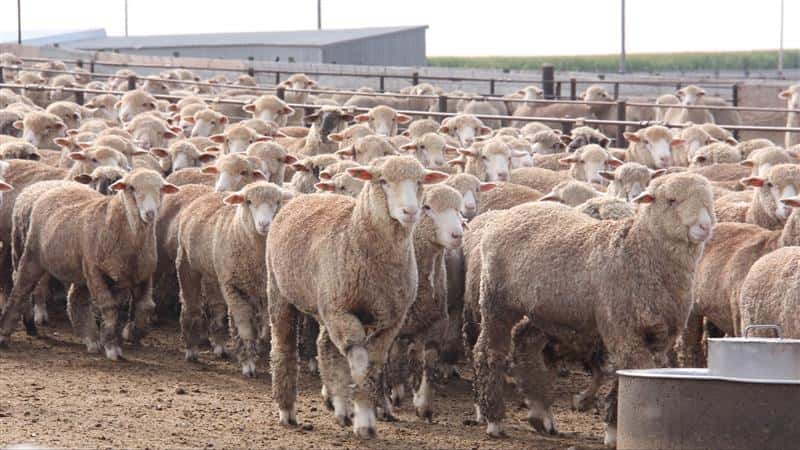The all sheep and lamb inventory in the U.S. on Jan. 1 totaled 5.03 million head, down 2% from 2023, according to the U.S. Department of Agriculture’s National Agricultural Statistics Service. The report indicated a year-over-year decrease of 2% in North Dakota, 3% in Minnesota and 9% in South Dakota.
“U.S. lamb consumption was 1.1 pounds per person per year for 2023, and has room for growth domestically and abroad,” says Travis Hoffman, sheep specialist for NDSU Extension and UMN Extension. “We have the opportunity to rebuild our U.S. numbers to compete against imported lamb and match demand, as feeder and slaughter lamb prices are forecasted to increase 3% to 7% in 2024 and 2025.”
The U.S breeding ewe and ram inventory declined 2% with 60,000 fewer head, to 3.67 million head. This decrease is expected to lead to a 1% to 4% decline in U.S. lamb production in 2024 and 2025, according to the Livestock Marketing Information Center.
South Dakota is seventh in the nation in breeding sheep with 158,000 head. Minnesota is ranked 13th with 79,000 head, and North Dakota is 27th with 45,000 head.
The 2023 lamb crop of 3.03 million head was down 2% from 2022, and the January 2024 market lamb and sheep inventory, reported at 1.36 million head, was down 2% from 2023.
The 2023 North Dakota lamb crop decreased 8% to 44,000 head, year over year, but gained 7% in production efficiency, reaching 119 lambs per 100 ewes. Though there are fewer ewes, North Dakota producers are improving their management and return per ewe, says Hoffman.
The Minnesota lamb crop dropped 6% to 85,000 head of lambs. However, Minnesota is second only to Virginia for sheep production efficiency in the nation with 133 lambs produced per 100 ewes.
South Dakota leads the Northern Plains region, producing 175,000 head with an intermediate lambing efficiency of 122 lambs per 100 ewes in 2023.
Shorn wool production in the U.S. was 22.7 million pounds in 2023, with an average weight of 7 pounds and a $1.56 per pound average price paid. The total value for wool produced was $35.3 million.
According to Hoffman, Minnesota sheep producers tend to emphasize performance with a variety of medium wool breeds in small-to-medium farm flocks, while larger operations with fine wool breeds are more common in western North and South Dakota.
Wool prices for medium wools have remained sluggish over the past several years, averaging $0.30 per pound in Minnesota, while fine-fibered wools had higher returns, averaging $0.95 per pound in North Dakota and $1.25 per pound in South Dakota.
Overall, current feeder and slaughter lamb prices have remained high to begin the year with prices of more than $250 per hundredweight for 60-to-90-pound lambs expected for the spring.
“The enthusiasm of young producers is evident, and with lower U.S. sheep supply, opportunity exists for near or greater than $200/hundredweight slaughter lambs this summer, resulting in a profitable 2024 lamb crop enterprise,” Hoffman says.
####
NDSU – 2024


